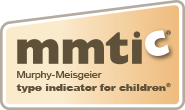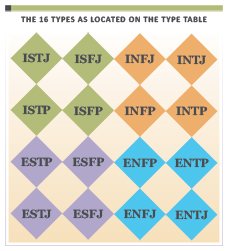May 03, 2022
Yvonne Nelson-Reid, PhD
YVONNE NELSON-REID, Ph.D., is the Vice President of Education and Programs at Myers & Briggs Foundation®️ (M&BF), the editor/lead writer for the People Stripes® website, a mother of 5, writer, teacher (BEd, MA), depth psychologist – Jungian and archetypal studies (MA, PhD), and career coach. Parenting, teaching in a classroom, or on the ice as a figure skating coach has taught her a great deal about relationships and the importance of communication.
View full author bio |
Close
In this fourth article of the Social Emotional Learning (SEL) series, Yvonne Nelson-Reid presents how to approach the SEL core competency of Responsible Decision-Making by using the Zig-Zag Process™ (Z-model). The Z-model introduces a balanced method for decision-making by using all four mental processes of Sensing, Intuition, Thinking, and Feeling to allow for clearer perceptions and sounder judgments.
READ MORE >>



_thumb.png)














